Data is important.
Data is key to analysing, creating and implementing.
But, throwing data at someone can bring on a vomit effect.
So, how can you get your message across using data and ensure the reader doesn’t fall asleep?
Storytelling through Data
In this digital age, it is important to back up what you say, and that requires data. But data is mostly all about numbers. Numbers that can be converted into stats, percentages, graphs and which are, well, pretty much yawn-worthy.
Data visualisation is all about using those statistics in a creative manner in order to communicate the message, educate and hopefully get someone to react.
The telling of stories is as old as the hills, and everyone loves a good story. The more theatrical, the better. The more embellished, the more exciting. But the data doesn’t bring about your typical “once upon a time” opening line.
However a good story will be remembered more by 60% of readers, whereas only 5% will remember the stats.
So, how do we do this data visualisation, with the aim to encourage conversations, push conversions and retain customers?
The 3 Elements of Data Visualisation
Data Visualisation comprises of three elements:
- The Data – of course
- The Story/Narrative
- The Visuals
In fact, all stories, even those that don’t have visuals in them, such as a novel, will allow your imagination to create those visuals purely because the other two elements were presented so well. Just think about that last time you disappeared into a good Danielle Steel book or sunk your teeth into a classic Jane Austin. You could literally taste the food they ate and the secret kisses stolen, and you were enveloped into their world, feeling the wind lifting your hair ever so slightly, and could see the distant mountains casting a shadow over the tiny village below.
Besides those 3 key elements, there are 5 other elements one must include, and they are the basis for every story ever told.
- Sight
- Hearing
- Taste
- Smell
- Touch
Yes, all your senses need to be activated by the story, which can be a hard call when you stick lovely, boring data into the mix. But it is possible.
The Steps to creating a compelling Data Visualisation Piece
- Gather your data
And, ensure you divide your data into first, second and third party data. Know who your main target is, your secondary and your third.
- Choose a problem
Data solves problems, so choose one problem you want to address with the data solution. Highlight that problem in your first paragraph.
- Give it some meaty goodness
The middle of your narrative must continue to tell a story, bringing in bits of data here and there to amplify the message, the why. Here is also where you pop those visuals in – whether it be an animated video, a graph, or any medium that allows the reader to use both their left and right brain.
- Build up to the finale
Once you have presented the problem and the backstory, hit them with the solution, which your data has allowed you to come to.
- Call to action
Always give your reader something to do once they have so graciously read your entire article. Ask them to take a survey, thereby adding to your data collection; click through to your website to engage further; or take you up on your offer, whatever that may be.
Storytelling through data is part of our digital age and done right can produce a very interesting and thought provoking piece of copy.

